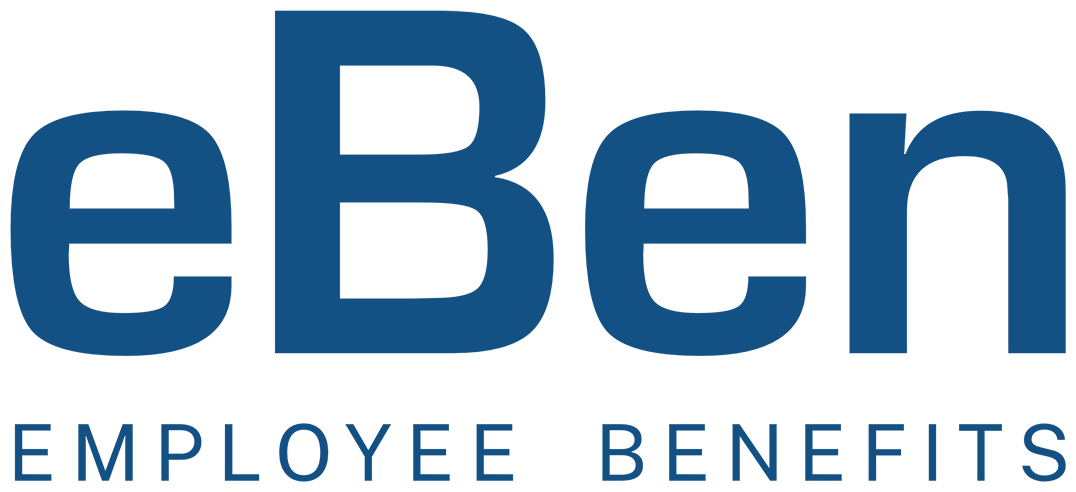 In today’s world, where 15% of working-age adults are dealing with a mental disorder, as per the World Health Organization, it’s critical to acknowledge the connection between mental health and workplace productivity. Stress, insomnia, depression, and a lack of motivation aren’t just personal problems – they’re work issues too.
In today’s world, where 15% of working-age adults are dealing with a mental disorder, as per the World Health Organization, it’s critical to acknowledge the connection between mental health and workplace productivity. Stress, insomnia, depression, and a lack of motivation aren’t just personal problems – they’re work issues too.
The pandemic has amplified these challenges and redefined our working habits, particularly the transition from remote work to the office. One solution gaining ground is the Employee Assistance Program (EAP), a voluntary initiative that helps employees resolve personal issues affecting their work performance. Let’s dive deeper.
The Workplace and Mental Health: What’s the Connection?
According to the CDC, mental health issues in the workplace can lead to:
- Reduced productivity and concentration
- Decreased morale and job satisfaction
- Increased absenteeism
- Higher healthcare costs for organizations
Understanding the ripple effect of these problems on the workplace is the first step towards recognizing the importance of EAPs.
Demystifying Employee Assistance Programs (EAPs)
Organizations often strive to separate work and personal affairs, but personal problems invariably impact job performance. Since the pandemic, more employers are starting to see the link, with 54% of U.S. employees stating their employer has become more accommodating to their mental health needs (American Psychiatric Association).
EAPs offer free, confidential services, including assessments, referrals, short-term counseling, and follow-ups for employees wrestling with work-related or personal issues. Designed to address a broad spectrum of issues impacting mental health, they can be a lifeline for many.
What Services Do EAPs Typically Include?
Every EAP is unique, but most offer services like:
- Mental Health Programs: Support for depression, anxiety, behavioral health issues, and grief.
- Caregiving Services: Help for employees tasked with caregiving, which can impact their own health.
- Family Services: Marriage counseling, child safety, family planning, and mediation services.
- Substance Abuse Support: Professional support for addiction, gambling, alcoholism, or chemical dependency.
- Financial Services: Resources for achieving financial wellness, such as budgeting advice, loan consolidation, and debt repayment.
- Counseling Referrals: Access to confidential support from qualified professionals.
Why EAPs Are An Asset
With 80% of employees feeling stressed at work (American Institute of Stress), EAPs can offer the support they need before a crisis occurs. The top benefits include:
- Increased Productivity: EAPs have been found to enhance employee productivity and reduce sick leave usage and work-related accidents.
- Cost Savings: Although adding new benefits might seem costly, EAPs can lower healthcare costs and reduce disability claims and medical insurance usage.
- Positive Work Environment: EAPs can equip employees with tools to manage their mental health issues, fostering a more positive work environment.
- Increased Retention: With adequate support and a positive work environment, companies can retain talented employees.
- Accessibility: The online accessibility of EAPs ensures round-the-clock support.
Steps to Incorporating EAPs into Your Workplace Culture
Integrating an EAP into your workplace isn’t just about providing a service; it’s about embedding mental health support into your organizational culture. This may seem like an overwhelming task, but consider the following steps:
Step #1: Create Awareness
It’s crucial to communicate with employees about the existence of the EAP and how they can access it. Regular reminders can ensure that employees remember this resource when they need it most.
Step #2: Promote Utilization
The mere existence of an EAP isn’t enough. Encourage utilization by communicating its benefits and sharing success stories (while maintaining confidentiality, of course).
Step #3: Train Managers
Managers should be trained on the basics of the EAP so they can recognize when an employee might benefit from its services and direct them accordingly.
Step #4: Encourage Open Dialogue
Create a safe space for discussions around mental health. This might be through regular check-ins, team discussions, or anonymous feedback systems.
Remember, an EAP is more than a band-aid solution. It’s a strategic investment in your employees’ health and your organization’s success.
The Way Forward: Prioritizing Mental Health in the Workplace
 Understanding the value of EAPs and mental health is just the first step. A true commitment to improving employee mental health starts at the top and resonates throughout the entire organization. This commitment isn’t just about policies and programs; it’s about promoting a culture of open conversation around mental health, where every employee feels heard and supported.
Understanding the value of EAPs and mental health is just the first step. A true commitment to improving employee mental health starts at the top and resonates throughout the entire organization. This commitment isn’t just about policies and programs; it’s about promoting a culture of open conversation around mental health, where every employee feels heard and supported.
It’s about breaking down the societal stigmas attached to mental health, replacing silence with understanding, and isolation with assistance. This supportive culture doesn’t just contribute to happier, healthier employees; it also significantly bolsters the organization’s success. A thriving workforce feeds directly into the vitality of the business. By prioritizing mental health, we’re not just fostering well-being; we’re fueling our bottom line.
What’s Next?
Understanding the ins and outs of EAPs and other similar employee benefits can be a complex task, and you don’t have to do it alone. Our team at eBen is equipped to guide you through this process, helping you create a healthier, more positive, and more productive work environment.
Reach out to us at eBen to learn more about how EAPs and other employee benefits can transform your organization. Give us a call at (910) 518-9338, or simply fill out our online contact form to get started.


